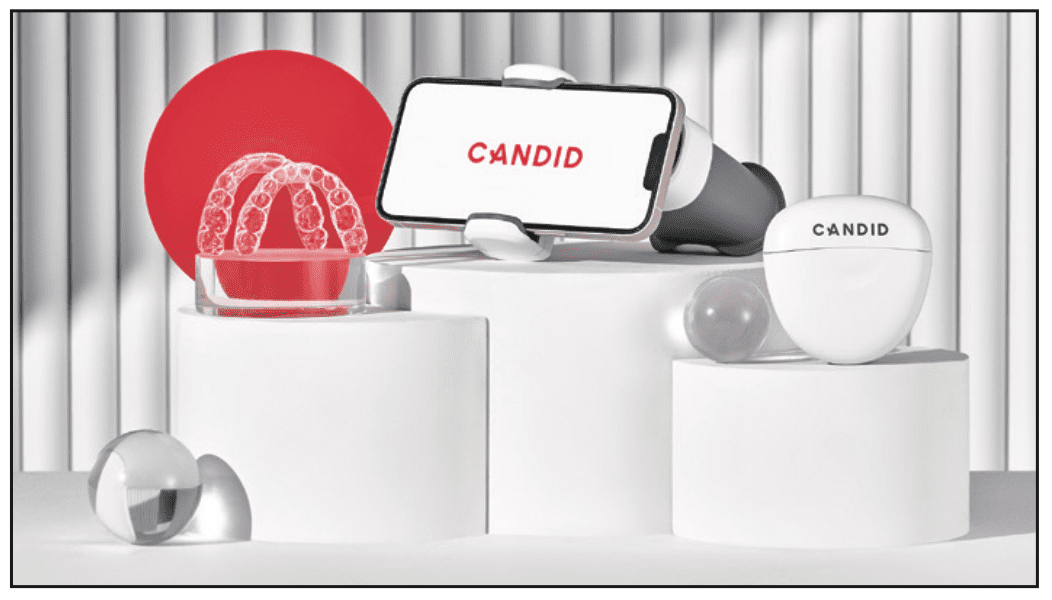Clinical oversight is critical to the success and safety of patients undergoing orthodontic treatment. Proper oversight goes beyond monitoring the progress of the prescribed movements. It requires visually confirming the continued health of the hard and soft tissues throughout the oral cavity. Clinicians face multiple challenges to achieving their ideal level of oversight, with one being the vast majority of treatment occurs outside a clinician’s office. Another is the significant time period that oversight is required. On average, it takes 20 months to complete orthodontic treatment with fixed appliances and results in 18 office visits.1 Clear aligner therapy has reduced the required number of office visits significantly,2 but these efficiency benefits come with a trade-off in clinical oversight. Studies show that the oral appliances, including removable clear aligners, lead to changes in the oral chemistry that elevate risk of caries and periodontal disease.3,4 Despite this, patients routinely are allowed to go 8, 10, or 12 weeks or more unseen by their doctor during a treatment with known complications surrounding compliance and hygiene.
Figure 1. CandidPro clear aligner system.
I have been offering clear aligner therapy for many years, but last year an orthodontist introduced me to the CandidPro clear aligner system (Candid) (Figure 1). What captured my attention was the increased clinical oversight it offered.
Click here to finish reading this QUICK TECHNIQUE.
You’ll need to download the e-book but don’t worry, it’s completely free. Put your information in and proceed without paying a cent.
REFERENCES
1. Tsichlaki A, Yee Chin S, Pandis N, et al. How long does treatment with fixed orthodontic appliances last? A Systematic Review. Am J Orthod. DentoFac Orthop. 2016;3:308-318
2. Buschang P, Shaw, S, Ross M, et al. Comparative time efficiency of aligner therapy and conventional edgewise braces. Angle Orthod. 2014;84(3):391–396.
3. Lucchese A, Bondemark L. Chapter 10: The Influence of Orthodontic Treatment on Oral Microbiology. In: Krishnan V, Kuijpers-Jagtman A, Davidovitch Z, eds. Biological Mechanisms of Tooth Movement, 3rd ed. Wiley. 2021;139-158.
4. Contaldo M, Lucchese A, Lajolo C, et al. The oral microbiota changes in orthodontic patients and effects on oral health: An Overview. J of Clin Medi. 2021;10(4):780.
ABOUT THE AUTHOR
Dr. Little received his DDS degree at UT Health San Antonio Dental School of Dentistry and now maintains a multidisciplinary, state-of-the-art dental practice in San Antonio, Texas. An accomplished national and international speaker, professor, and author, Dr. Little also serves the dental profession as a clinical researcher focusing on surgical placement and restoration of dental implants and technology integration. He also shares his expertise on emerging technologies, including CBCT, planning software, surgical guides, digital workflows, and restorative techniques.


